Apple doesn’t just sell gadgets it sells a lifestyle of elegance, simplicity, and sophistication. For over a decade, the brand has defined modern technology aesthetics through devices like the iPhone, MacBook, and iPad. The combination of minimalist aluminum designs and sleek edges has become the global benchmark for what “premium” looks like. Naturally, this influence has inspired a surge of brands that imitate Apple design, each eager to capture a piece of the same allure.
If you’ve ever picked up a non-Apple phone or laptop that looked surprisingly refined, chances are you’ve encountered a company that’s mastered the art of imitation. Across categories like smartphones, laptops, and tablets, numerous brands have built entire product lines by borrowing heavily from Apple’s design language—offering a similar experience at a fraction of the cost.
Nowhere is this more apparent than in the smartphone industry, where many flagship devices resemble the iPhone. Companies like Xiaomi and Huawei have perfected the art of blending premium design with aggressive performance. Their latest devices, including the Xiaomi 17 Pro Max and Huawei P60 series, feature flat aluminum frames and camera layouts that mirror Apple’s signature Pro Max style. Yet, they set themselves apart with innovations such as ultra-fast charging and high-megapixel cameras, proving that imitation doesn’t necessarily mean stagnation.
At the other end of the market, brands such as Tecno and Infinix have made the “Apple look” accessible to millions of budget-conscious consumers. Their models often feature the recognizable square camera bump and slim profile that evoke the iPhone’s prestige. For many buyers, these devices offer the social appeal of owning something “Apple-like” without the hefty price tag, making the aesthetic a key part of their marketing success.
The influence of Apple’s design extends beyond smartphones. In the laptop segment, the MacBook Air and MacBook Pro set a new global standard for minimalism and portability. Windows-based rivals quickly followed suit, producing machines that look and feel strikingly similar. Huawei’s MateBook X Pro and Xiaomi’s RedmiBook are perfect examples both sport sleek metal finishes, large trackpads, and razor-thin bezels that strongly echo Apple’s iconic MacBook design, while still running Windows and offering more flexible connectivity options.
Even the tablet market has embraced this trend. Devices such as the Huawei MatePad Pro and Xiaomi Pad 6 have adopted Apple’s iPad-like aesthetics, from the slim aluminum frame to the edge-to-edge screen layout. These brands market themselves as offering a premium experience with more customization freedom, appealing to users who admire Apple’s design but prefer the flexibility of Android or HarmonyOS.
The reason brands imitate Apple design boils down to two core motivations: prestige and practicality. Apple products carry cultural weight they symbolize innovation, class, and reliability. By adopting similar aesthetics, rival brands instantly project those same qualities to consumers. On a practical level, Apple’s design language has already proven successful worldwide. Consumers trust the look and feel, making it easier for competitors to gain market acceptance without reinventing the wheel.
Yet, despite the flood of imitators, Apple’s true strength lies in what cannot easily be copied its ecosystem. The seamless integration between the iPhone, MacBook, iPad, and Apple Watch remains unmatched. Competitors may replicate the appearance, but the unified experience that defines Apple’s brand loyalty remains out of reach.
In today’s tech landscape, the brands that imitate Apple design are thriving precisely because they offer the aspirational “Apple feel” at an attainable price. As long as aesthetics continue to influence purchasing decisions, Apple’s design dominance and the global wave of copycats it inspires will remain one of the most fascinating dynamics in modern consumer technology.

